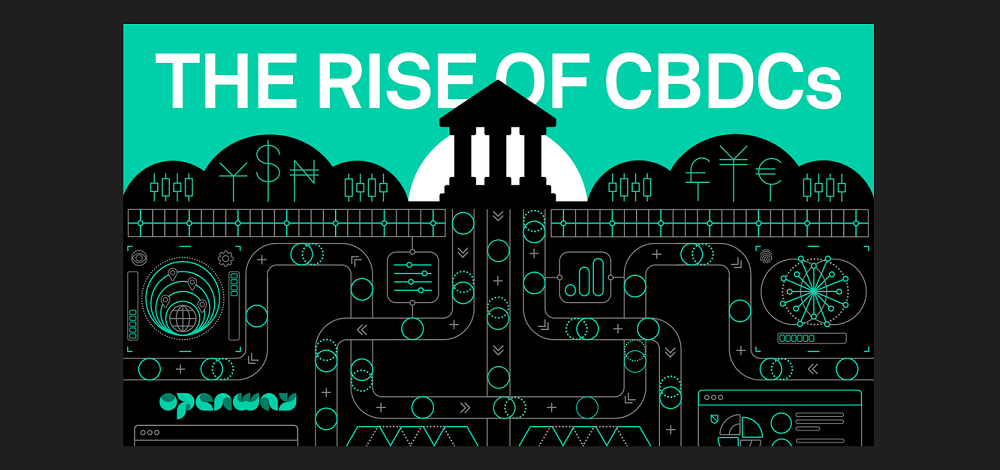
The Reserve Bank of New Zealand has opened a consultation on the potential launch of a central bank digital currency. „This is multi-stage exploration until around 2030 and there will be further opportunities to tell us what you think.” – the central bank said.
The currency would be „digital cash”, backed by the government and sitting alongside notes and coins. Also, „digital cash” would be private, secure, and trusted – „the Reserve Bank would not control or see how you spend your money” – the bank explained.
It would be the first digital form of New Zealand currency backed by the government and available to the public. Physical cash in banknotes and coins will still be available.
“We are calling this ’digital cash’. It would be a new type of money in addition to thebanknotes and coins we have today, and the electronic money in your bank account,” Director of Money and Cash – Tari Moni Whai Take Ian Woolford says.
Explaining the potential benefits of a CBDC, Woolford added:
“Digital cash would ensure that central bank money is available to all New Zealanders and able to be used digitally. It would also help enable a money and payments system that is innovative, competitive and contributes to the development of New Zealand’s digital economy. It would be the first digital form of New Zealand currency backed by the government and available to the public. Physical cash in banknotes and coins would still be available, so people would have the option to use either digital or physical cash.
“You would likely need a digital wallet, payment card or phone app to access your digital cash. You wouldn’t need a commercial bank account to use it.
“Innovations in money and payments are challenging New Zealand’s monetary sovereignty. Like cryptoassets, distributed ledgers, smart contracts, and digital currencies issued by global technology companies. New Zealand’s money must innovate to stay relevant and useful and ensure our monetary sovereignty.
“There is also a huge opportunity for digital cash to support competition and innovation by enabling our powerful fintech sector.
“Digital cash would be mainly used for payments by individuals and businesses, to pay online, instore, or even to pay your child’s pocket money in the same way you can use cash currently. You could use it to do new things like make an instant digital payment to anyone in New Zealand. Today, New Zealanders still cannot make instant payments electronically to other people, unless they are both with the same bank.
“It would also work via Bluetooth, so you could make payments without connecting to internet. This would be useful in an emergency, or when the power is out.
„Digital cash would be private, secure, and trusted – the Reserve Bank will not control or see how you spend your money.
“Just like physical cash, digital cash would be denominated in New Zealand dollars and issued by the Reserve Bank. It could be swapped 1:1 with physical cash, and other forms of NZD, like the electronic money in your bank account,” Mr Woolford says.
“We are planning for a future in New Zealand that has less cash, but not one that is cash-less. We are committed to continuing to make cash available in forms that New Zealanders want to use.”
Many New Zealanders are using physical cash less and finding it harder to access. Our latest survey on cash use is out soon and shows cash use declined fast under Covid and is not increasing. We want New Zealanders to tell us what they think before we design how digital cash will work. What are the challenges, benefits, and concerns for you?
Consultation on high-level design options opens 17 April until 26 July 2024.
Visit rbnz.govt.nz/digitalcash for more information
Banking 4.0 – „how was the experience for you”
„To be honest I think that Sinaia, your conference, is much better then Davos.”
Many more interesting quotes in the video below: